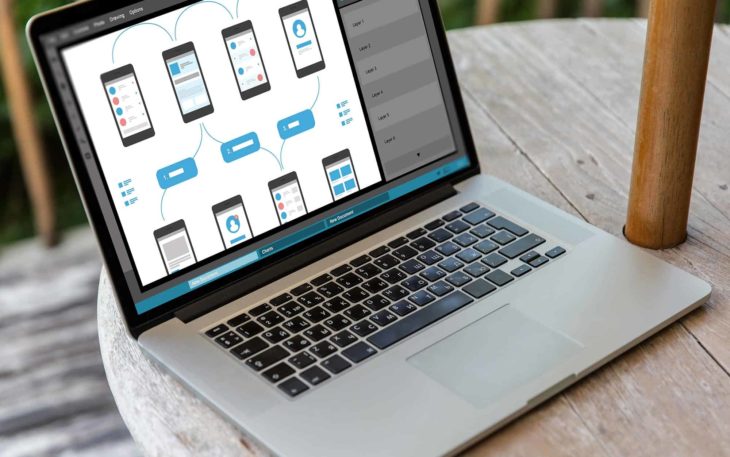We talk about UX, or user experience, quite a bit. That’s because it’s a fundamental aspect in the world of web design. To put it plainly, you want your users to have an experience that’s worth visiting your site. But UX isn’t that new of a term. In fact, the history of UI and UX goes back as far as web design started.
Over the years, we’ve seen the evolution of UX and UI transform the way people use the Internet and traverse websites. Here’s a little bit about that evolutionary history.
The History of UI and UX: and Evolution
Many people use UI and UX interchangeably, but there is a bit of difference between the two. First of all, UX stands for ‘User Experience,’ and it refers specifically to functional design; UI stands for User Interface,’ a more aesthetic approach to web design. Both are very important.
It’s easy to compare the two in an analogy: UX is functional, like analytics and measurable information; UI is more cosmetic and presents a more visceral experience.
The beginnings of user interface
In the past, monitors didn’t use a lot of color. Typically, background colors were all greens and technical looking digital ember. So there wasn’t a lot of room for color. 320 pixels was considered high resolution around the time that the concept of GUI first came around. UI wasn’t priority, as it could basically be switched on and off with graphics boxes.
Obviously, there wasn’t a lot you could do aesthetically with computers.
Nearly 30 years later, the sky’s the limit. UI being a creative aspect of web design should tell you that we’re only limited by what we ourselves can create.
The history of user experience
Strangely enough, UX is a relatively newer expression. Computers were used mainly by professionals only until the early 90’s when the home computer became more popular. However, “user experience” isn’t a new concept.
Its very definition is the purpose of making things easier to use. There was no better use for user experience than the industrial revolution when humans really discovered the power of machines. Along with machines came mass production and mass production created the new for speed and quality. There needed to be improvements for those operating the machines.
Thus, original user experience concepts were born.
Fast forwarding to the digital age and we find ourselves implementing UX very seriously into web design. But the purpose remains: a means for high productivity.
UX and UI working together
The history of UI and UX goes back a little further than you’d expect, but in the modern age, we think about it very differently. UX and UI didn’t fully assemble in the world of web design until the mid to late 90’s when the Internet boom occurred. Now that web design is a serious business, UX and UI are such both independently, yet equally important concepts.
Back in 2003, we saw the first example of UI features on WordPress. The features were scarce, but were always updated with each new version. 2005 brought us the dashboard and 2007 brought us spell-check, as well as tags, comments, plugins, and more.
WordPress remains number one CMS in both UX and UI.
WordPress with Mvestor Media
WordPress is the number one in UI and UX, but it must be properly implemented. That’s why you should hire Mvestor Media to design your website. We’ve got the skills and the experience on the history of UI and UX to really bring WordPress hosting to life.

